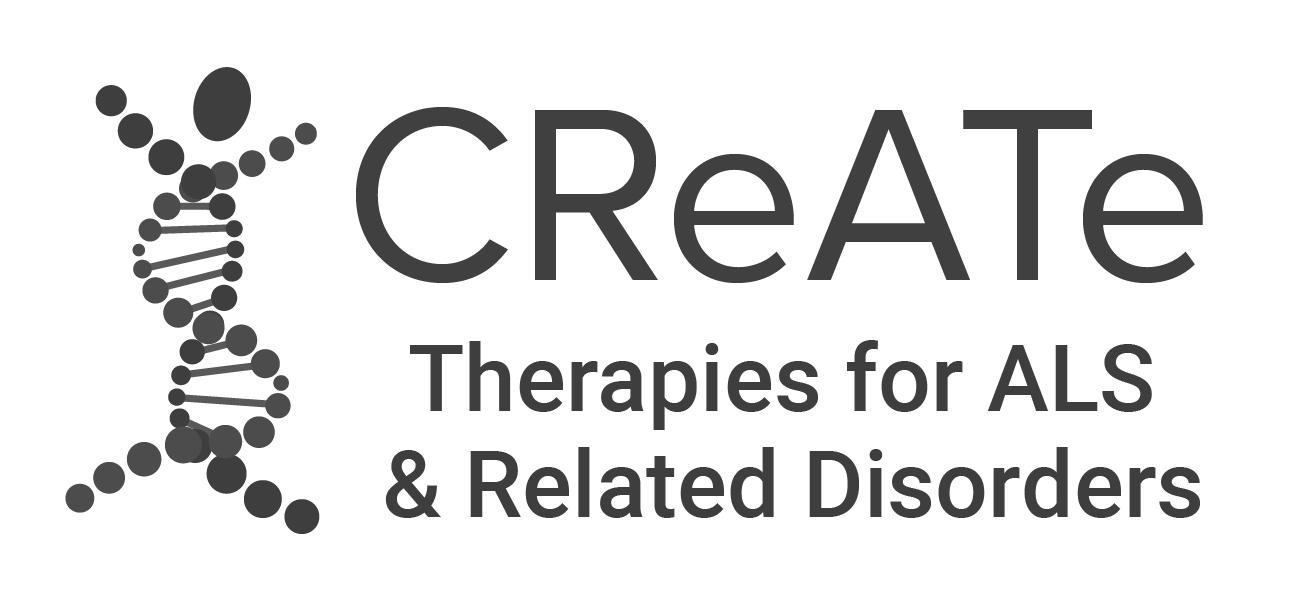Diseases Studied
The Rare Diseases Clinical Research Network is an NIH-funded research network of 20 active consortia or research groups working to advance treatment for diseases that are rare. Use the search tools on this page to find the diseases we currently study. You can reach out to the indicated consortia or research groups for more information on those diseases and studies underway.
This network focuses on clinical research and does not generally support clinical care outside of research activities. To learn about other rare diseases, please visit the Genetic and Rare Diseases Information Center (GARD), which is an NIH program that helps the public find reliable information about rare and genetic diseases. Their staff are specialists. Contact them at 1-888-205-2311 or email GARDinfo@nih.gov.
All Diseases > Primary lateral sclerosis
Primary lateral sclerosis (PLS)
Disease Category: ALS and Related Disorders
A rare disorder affecting the central motor neurons (nerves of the brain and spinal cord) which send messages to control voluntary muscles. The hallmark characteristic is progressive, but painless, muscle weakness and spasticity (muscle stiffness), usually beginning in the legs. The disease progresses at varying rates, eventually affecting the hands and base of the brain, resulting in dysphagia (difficulty swallowing) and dysarthria (difficulty speaking).
Research groups studying this disease
ALS and Related Disorders

Clinical Research in ALS and Related Disorders for Therapeutic Development (CReATe)
Recruiting
8002: Clinical Procedures to Support Research in ALS (CAPTURE-ALS)
The purpose of the Clinical Procedures to Support Research in ALS (CAPTURE-ALS) study is to utilize information collected in the medical record to learn more about a disease called amyotrophic lateral sclerosis (ALS) and related disorders.
8011: Phenotype, Genotype and Biomarkers 2 (PGB2)
The purpose of this study is to learn more about amyotrophic lateral sclerosis (ALS) and other related neurodegenerative diseases, including frontotemporal dementia (FTD), primary lateral sclerosis (PLS), hereditary spastic paraplegia (HSP), progressive muscular atrophy (PMA) and multisystem proteinopathy (MSP). More precisely, the investigator wants to identify the links that exist between the disease phenotype (phenotype refers to observable signs and symptoms) and the disease genotype (genotype refers to your genetic information). The investigator also wants to identify biomarkers of ALS and related diseases.
Spastic Paraplegia Foundation
Supports research to cure two similar upper motor neurological diseases: hereditary spastic paraplegia and primary lateral sclerosis.
